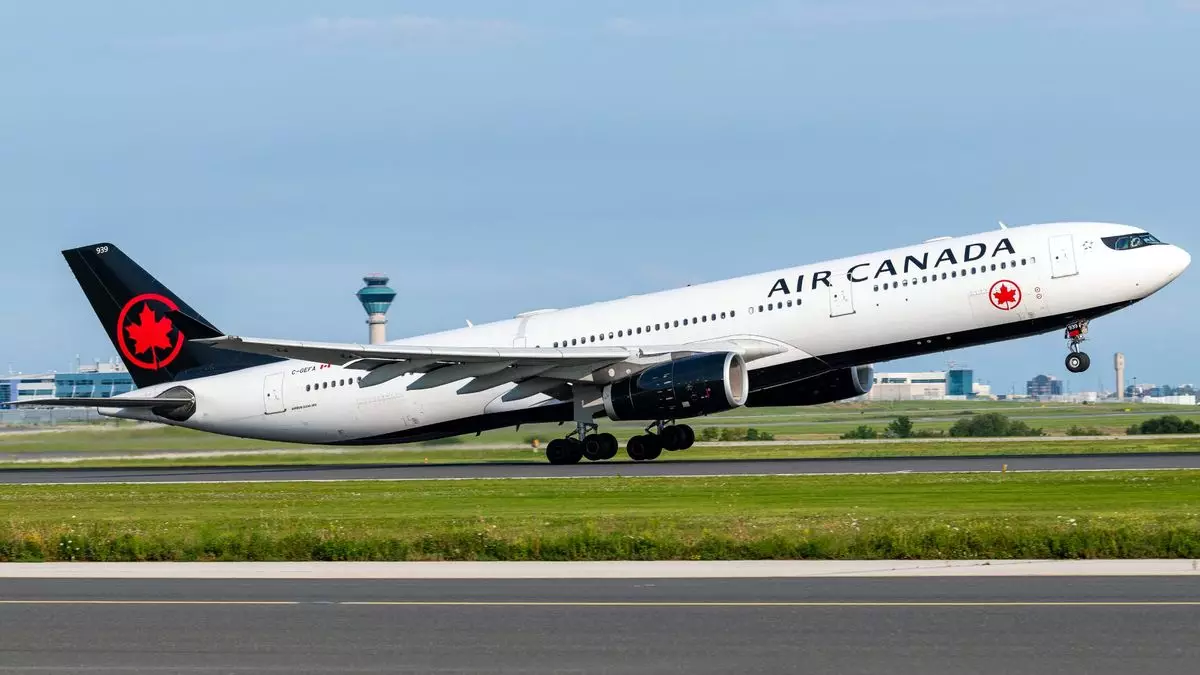Air Canada’s recent strike saga exemplifies the critical role of negotiation and resilient diplomacy in navigating labor disputes that threaten national mobility. What began as a disruptive wildcat strike involving 10,000 flight attendants rapidly evolved into a test of corporate-talent power dynamics, public patience, and institutional intervention. The airline’s ability to eventually reach an agreement — a testimony to the strength of mediated dialogue — underscores a broader lesson: in complex industries like aviation, conflict resolution requires patience, strategic communication, and an unwavering commitment to compromise.
The union’s insistence on securing unpaid work guarantees and maintaining their voice illustrates the powerful assertion of employee rights amid corporate pressure. However, the fact that this conflict was ultimately settled through mediation reveals that such disputes, while emotionally charged, contain the potential for mutually beneficial resolutions when both sides approach negotiations with good faith and a recognition of shared interests. The resilience demonstrated by Air Canada in weathering the storm fosters an essential narrative that enduring industry crises hinges not on taking the hardline, but on fostering understanding and pragmatism.
The Impact on Travelers and the Industry’s Response
Few sectors feel the impact of labor disputes more acutely than commercial aviation, especially during the busy summer travel season. The upheaval affected hundreds of thousands of passengers, highlighting not only the importance of reliable service but also exposing vulnerabilities within airline management systems. The ripple effect included canceled flights, disrupted schedules, and the financial strain on travelers and providers alike, underscoring the delicate balance airlines must maintain between labor rights and customer service.
In response, Air Canada demonstrated proactive contingency planning; the deployment of additional staff at Toronto Pearson Airport signals an understanding of its operational shortcomings while also reflecting a commitment to restoring confidence. By offering refunds and keeping passengers informed, the airline showcased resilience, transparency, and customer-centricity — crucial attributes for industry recovery. Such efforts send a strong message that, in the face of adversity, swift action and clear communication can help rebuild trust after turbulence.
Leadership’s Role in Repair and Rebuilding
At the helm, CEO Michael Rousseau’s acknowledgment of the complex, multi-day process needed for full service restoration reveals an honest understanding of the airline’s operational challenges. It’s tempting to perceive airline executives as detached from daily struggles, but Rousseau’s transparent approach demonstrates responsible leadership that balances operational realities with public accountability.
Furthermore, the involvement of a mediator underscores the intricacies of modern labor relations, especially in an environment where the law often leans towards favoring procedural escalation over direct negotiations. The refusal by the union to comply with legal orders to end the strike and enter arbitration highlights the deep-rooted priorities of organized labor — affirming the importance of worker agency in an industry where service continuity is vital.
This episode also throws into sharp relief the critical need for airlines and unions to integrate conflict resolution strategies into their standard operations. The eventual agreement suggests that shared goals — such as fair pay, recognition, and operational stability — can serve as the foundation for harmonious labor-management relations if approached with mutual respect and a willingness to compromise.
The Future of Labor Relations in Aviation
While this particular dispute has been temporarily resolved, it raises broader questions about the evolving landscape of labor relations within the airline industry. As the world’s aviation sector moves toward increased automation, greener operations, and heightened consumer expectations, the role of human labor remains pivotal. Strikes like this serve as catalysts for both reflection and reform.
Employers in this sector must recognize that their workforce is their most valuable asset; neglecting employee rights or dismissing their grievances can lead to damaging disruptions and long-term reputational harm. Conversely, fostering open channels for dialogue, ensuring fair compensation, and respecting workers’ rights build a resilient ecosystem capable of withstanding future crises.
This incident also reveals a growing awareness among employees that their collective voice can influence industry standards and policies. As labor unions become more organized and assertive, companies must adapt by prioritizing sustainable labor-management partnerships. Strategic investment in workforce well-being ultimately safeguards operational stability, enhances customer satisfaction, and sustains profitability in a fiercely competitive market.
This recent upheaval at Air Canada underscores an inconvenient truth: resilience in aviation isn’t solely measured by planes’ ability to stay airborne but also by an airline’s capacity to navigate the turbulent skies of labor relations with integrity, resolve, and foresight. The lessons learned from this episode could shape the future of airline-human relations, emphasizing that mutual respect and strategic negotiation are the true engines of industry stability.


Leave a Reply